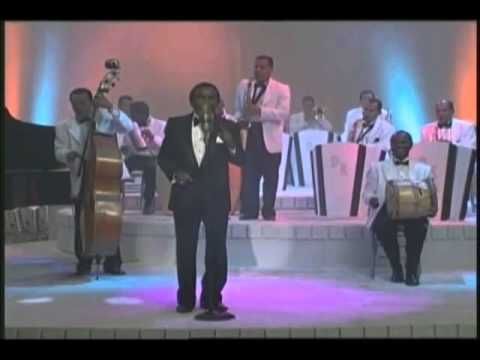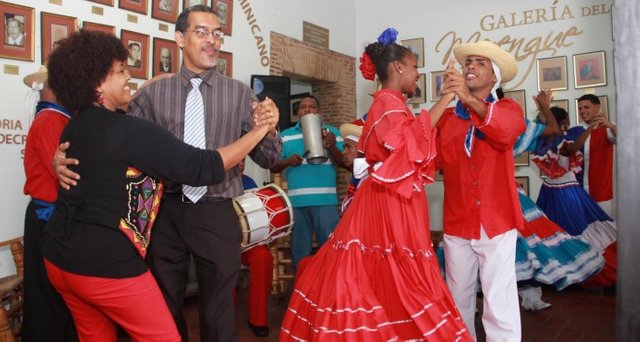Music and dancing of merengue in the Dominican Republic
Merengue is considered an integral part of the national identity of the Dominican community and, in addition, plays an active role in many areas of the daily life of the population: education, social and friendly gatherings, festive events and even electoral political campaigns in November 26 of 2005, this traditional cultural practice gained public recognition with the publication of a presidential decree proclaiming the National Merengue Day. In several cities of the Dominican Republic, merengue festivals are held, among which are those held every year in Santo Domingo and Puerto Plata. The merengue is danced as a couple, accompanied by flirtations and sensual movements of the dancers who turn to the rhythm of the music performed with accordions, drums and saxophones, among other instruments. The initiation to this dance generally begins from the earliest childhood. Practices and knowledge linked to merengue are transmitted essentially through observation, participation and imitation. The practice of this element of intangible cultural heritage attracts people from very diverse socioeconomic backgrounds, thus contributing to promote respect and coexistence among communities. The cradle of merengue is located in the north of the Dominican Republic and its zone of influence includes the Caribbean region, as well as Puerto Rico and the United States of America. It is also very popular in other countries of Central America and Latin America, especially in Colombia and Venezuela, where variants of this music and dance have emerged.
https://ich.unesco.org/es/RL/la-musica-y-el-baile-del-merengue-en-la-republica-dominicana-01162

